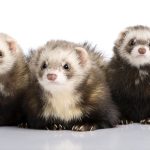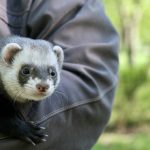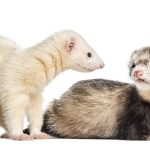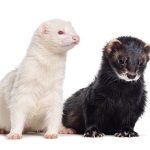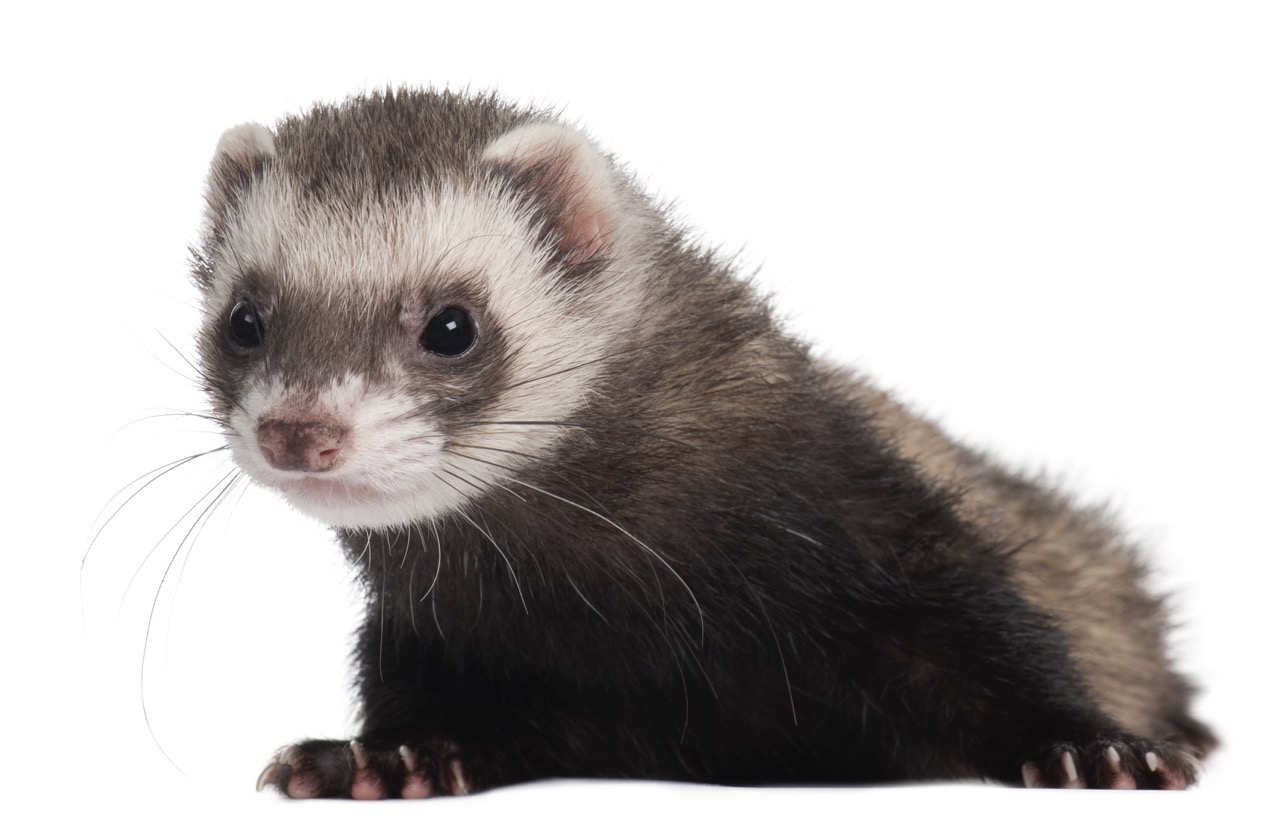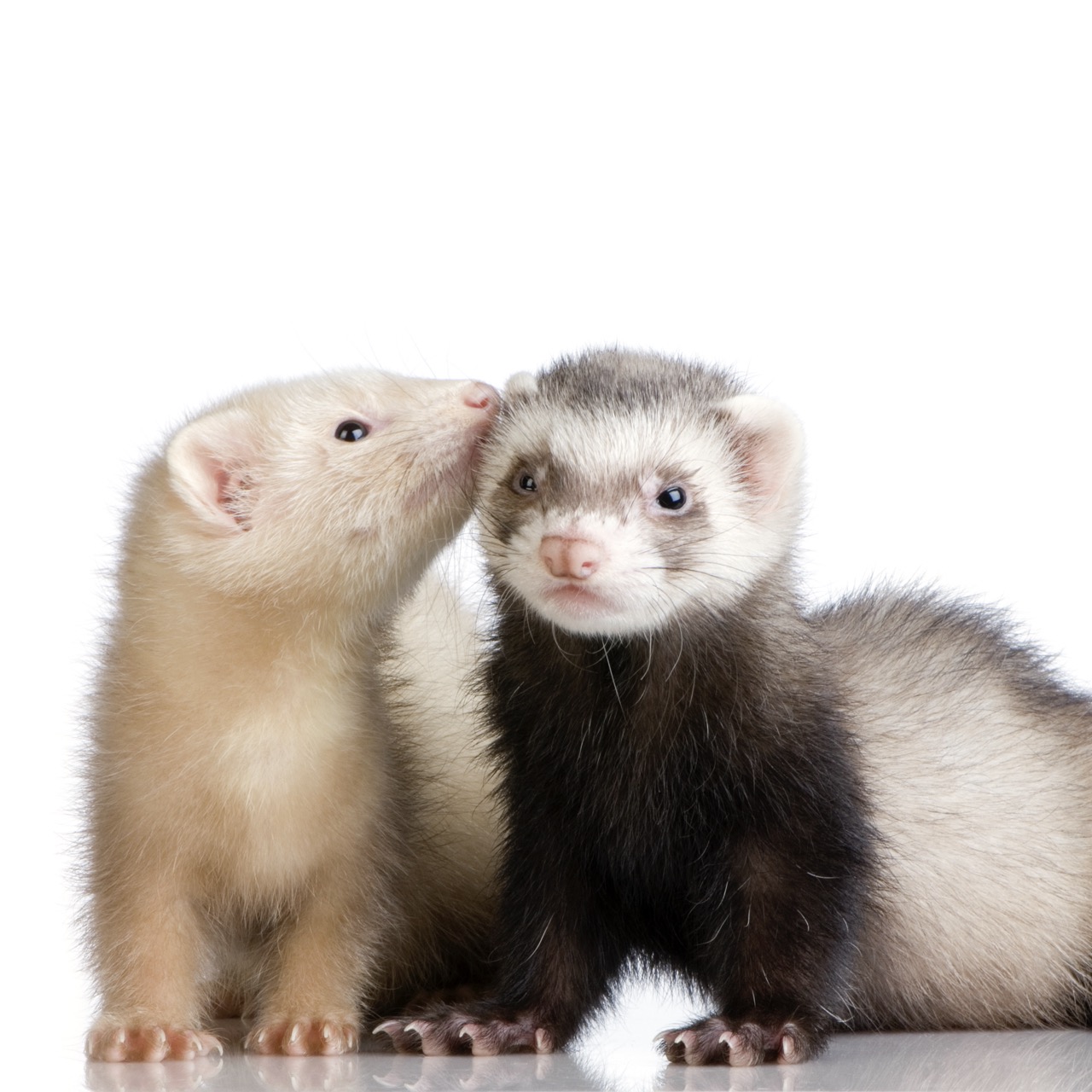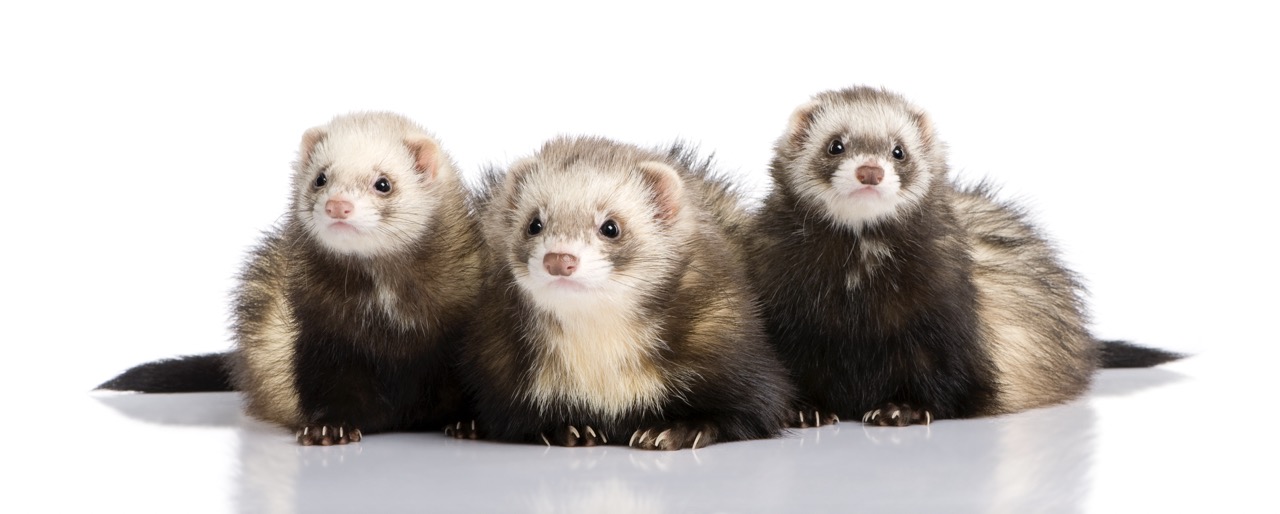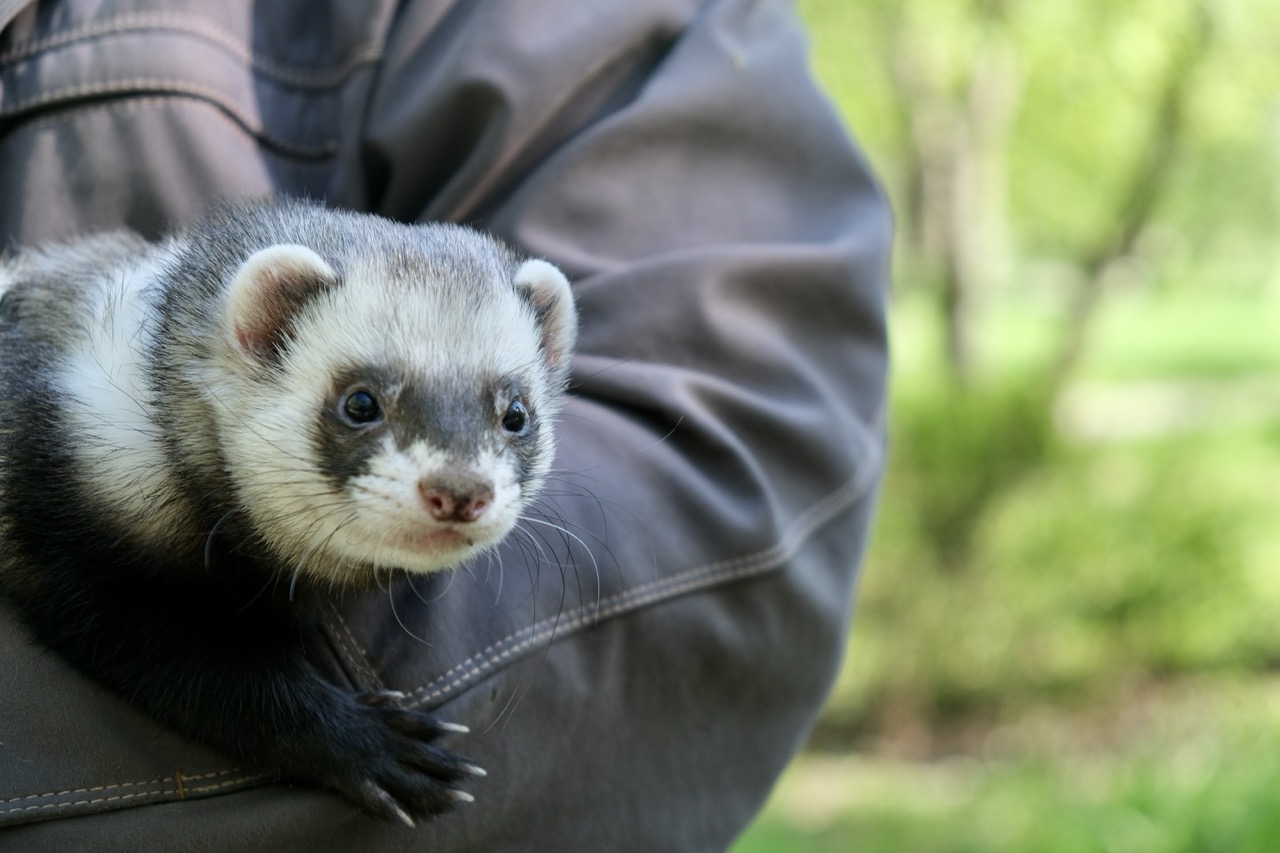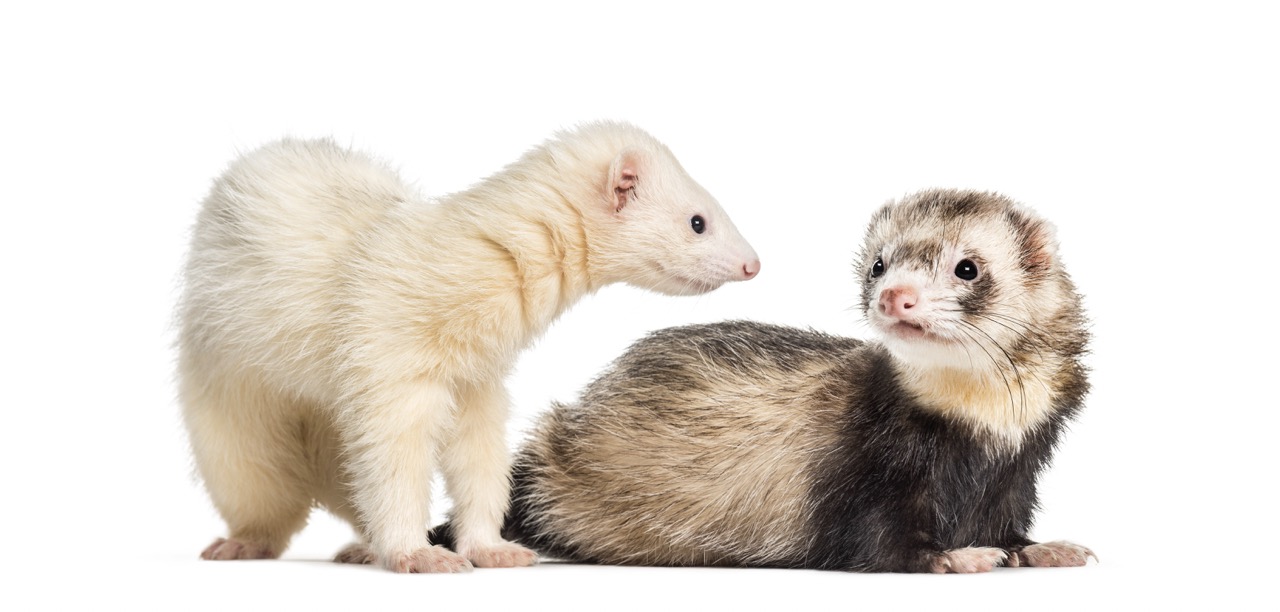Ferrets, scientifically known as Mustela putorius furo, are domesticated members of the weasel family that have garnered popularity as pets and working animals. Understanding their mating behavior is essential for breeding programs and for maintaining healthy populations in both domestic and wild contexts. This article explores the intricacies of ferret mating behavior, seasonal breeding patterns, factors influencing mating success, and the implications for ferret population dynamics, offering a comprehensive overview of how these factors contribute to reproductive success.
Understanding Ferret Mating Behavior and Its Importance
Ferret mating behavior is a complex interplay of instinctual drives, social interactions, and environmental factors. Male ferrets, or hob, exhibit unique courtship behaviors that include vocalizations, scent marking, and physical displays to attract females, known as jills. During the mating season, these characteristics become pronounced, allowing males to establish dominance and compete for access to females. Understanding these behaviors is crucial for those involved in breeding, as it can influence the timing and success of mating attempts.
The importance of mating behavior extends beyond individual success; it plays a critical role in maintaining genetic diversity within the ferret population. Effective mating strategies can lead to the selection of genetically robust offspring, which is vital for the health of the population. Ferrets have a relatively high reproductive rate, but mating behaviors that ensure successful pairings help optimize this potential, leading to healthier litters and better survival rates for young ferrets.
Moreover, studying mating behavior provides insights into the ecological adaptations of ferrets. Their social structures and reproductive habits can reveal how they have evolved to thrive in various environments. By understanding these behaviors, researchers and breeders can develop better husbandry practices that align with the natural instincts of ferrets, ultimately leading to enhanced welfare and reproductive success.
The Seasonal Breeding Patterns of Ferrets Explained
Ferrets are seasonal breeders, with their mating activities typically peaking in the spring and summer months. This seasonal strategy aligns with environmental factors such as temperature and food availability, which can impact the survival of offspring. During the breeding season, female ferrets undergo estrus, or heat cycles, which can last several days. Understanding these cycles is essential for breeders looking to optimize mating opportunities and achieve successful pairings.
During estrus, female ferrets exhibit distinct behaviors, including increased social interaction and a willingness to mate. Males, sensing pheromones released by the females, become more active and competitive, vying for the attention of receptive jills. Breeding during this optimal time frame ensures that the resulting kits will be born when conditions are favorable for growth and survival, highlighting the evolutionary advantages of synchronized breeding patterns.
It is important to note that ferrets are induced ovulators; this means that the act of mating stimulates ovulation. Therefore, successful copulation is crucial to ensure that a female ferret becomes pregnant. Breeders must therefore be acutely aware of the timing and conditions surrounding mating to maximize the chances of conception and successful gestation, which typically lasts around 42 days.
Key Factors Influencing Ferret Mating Success Rates
Several factors can significantly impact the mating success rates of ferrets. Firstly, the physical condition of both males and females plays a critical role. Healthy ferrets that are well-nourished and free from stress are more likely to engage in successful mating behaviors and produce viable offspring. Breeders must monitor the health and condition of their ferrets closely to ensure optimal mating outcomes.
Secondly, social dynamics are also influential. Ferrets are inherently social creatures, and their interaction with one another can affect their readiness to mate. A stable social environment can facilitate healthy mating behaviors, while stressors such as overcrowding or aggression can hinder reproductive success. Creating a conducive environment for ferrets during the mating season is crucial for enhancing success rates.
Lastly, environmental factors such as temperature, lighting, and space can impact ferret mating behaviors. Ferrets thrive in environments that mimic their natural habitats, allowing them to express their instinctual behaviors. Adjustments to these conditions, such as providing appropriate nesting sites and ensuring adequate space for social interactions, can improve mating success by reducing stress and encouraging natural courtship behaviors.
Implications of Mating Behavior on Ferret Population Dynamics
The mating behavior of ferrets has profound implications for population dynamics, particularly in terms of genetic diversity and population resilience. Inbreeding can lead to reduced genetic variation, which may result in health problems and decreased adaptability to environmental changes. Therefore, understanding and monitoring mating behaviors can help breeders and conservationists maintain a healthy gene pool, which is essential for long-term population stability.
Additionally, the timing and success of mating directly influence population growth rates. A successful breeding season can lead to a surge in kit production, thereby increasing the overall population. Conversely, unsuccessful mating attempts can hinder population recovery efforts, especially in conservation scenarios where ferrets are reintroduced into the wild. Thus, sound management of mating behaviors is critical in both domesticated and wild populations.
Lastly, the awareness of mating behaviors contributes to better breeding practices and wildlife management strategies. By understanding the nuances of ferret reproduction, stakeholders can implement measures that promote healthy breeding, such as controlled pairings and habitat enrichment, ultimately leading to sustainable population dynamics. This holistic understanding is essential for ensuring the future viability of ferret populations in various settings.
In conclusion, the role of ferret mating behavior in their reproductive success is a multifaceted subject that intertwines biological instincts, environmental factors, and social dynamics. By understanding the seasonal breeding patterns, key influences on mating success, and the implications for population dynamics, effective strategies can be developed to enhance the health and sustainability of ferret populations. Both breeders and conservationists stand to benefit immensely from this knowledge, ensuring that ferrets continue to thrive in both domestic and wild environments.

